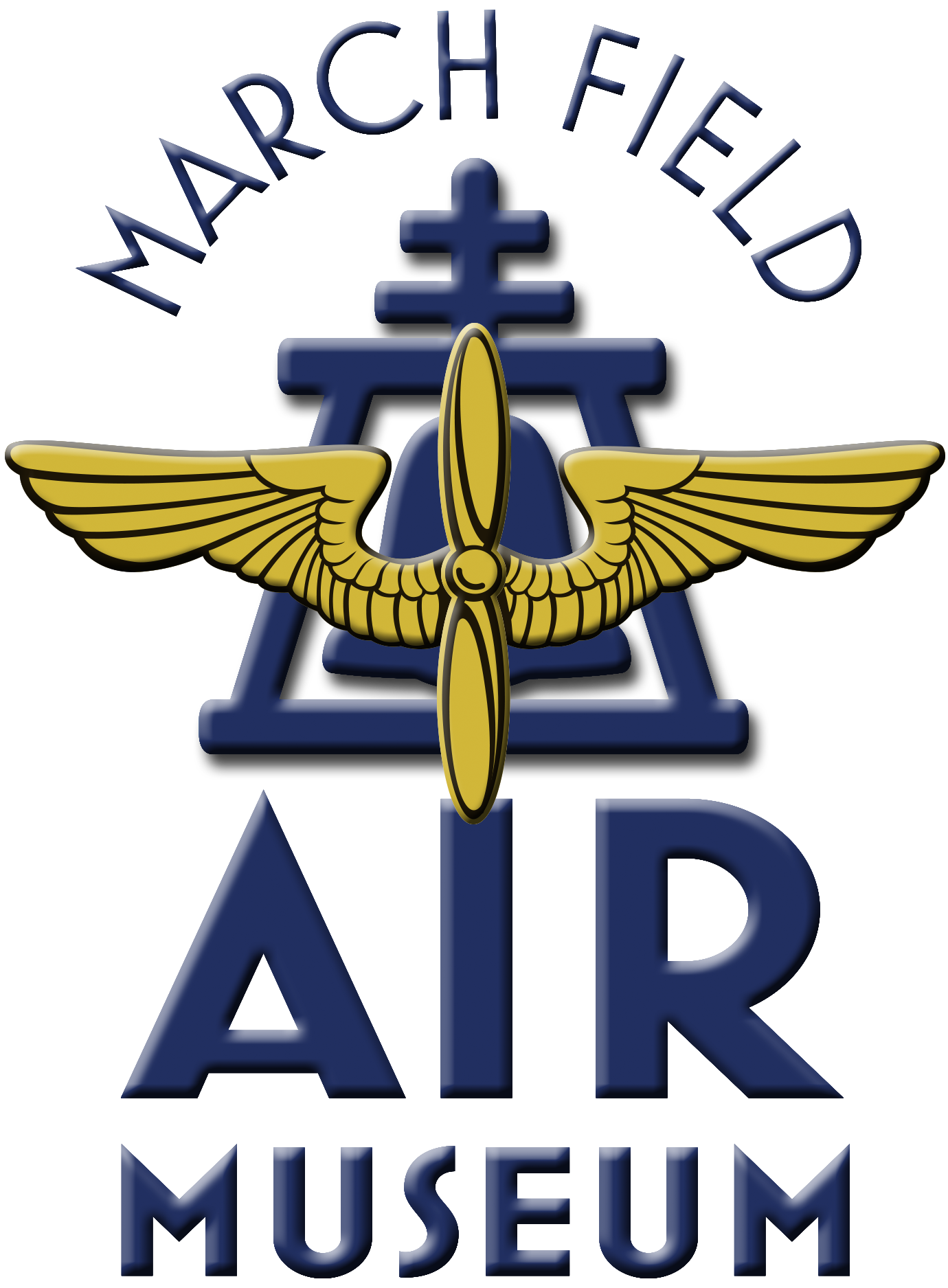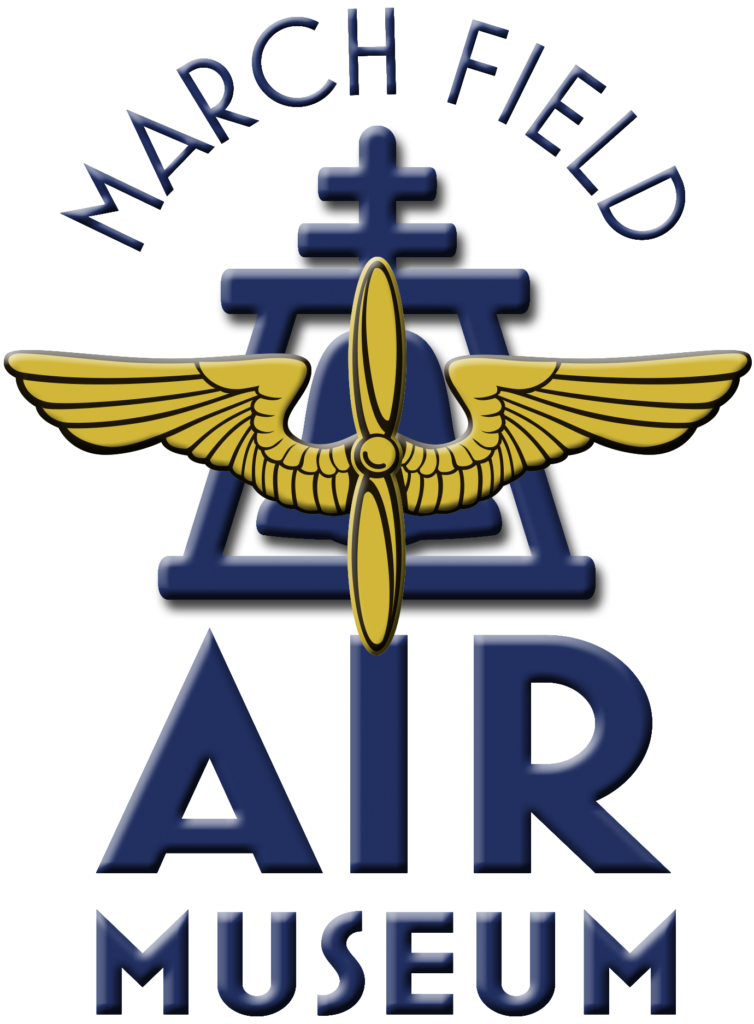T-33A Shooting Star
The low-wing, sleek, tandem cockpit T-33 Shooting Star was developed from the first jet fighter. to serve in large numbers with the USAF, the Lockheed P-80 Shooting Star. It was used to train pilots in the complexities of jet aircraft and resembled the Kelly Johnson designed P-80 in every way except for the three-foot fuselage extension to accommodate a second cockpit.
Originally designated the TF-80C, the T-33 made its first flight in 1948. Powered by the GE or Allison J33 turbojet. Maximum speed was 542 mph at 25,000 feet. Production ceased in 1959 after 5,700 had been delivered from factories in the U.S., Canada, and Japan. The T-33A model trainers have taught many Air Force pilots basic fighter maneuvering skills, air combat tactics and low-level flight skills.
In addition to its use as a trainer, the T-33 has been used as drone director, target tug, and in some countries as a combat aircraft. The RT-33A, a reconnaissance version made primarily for use by foreign countries, had a camera installed in the nose and additional equipment in the rear cockpit.
The museum’s T-33A, serial number 58-0513, was delivered to the Air Force on 31 October 1958. Our T-33A last flew with the 84th Fighter Interceptor Training Squadron (FITS) based at Castle Air Force Base, Ca. The 84th FITS flew its T-33s equipped for the Electronic Counter Measures (ECM) training and in the role of target for the North American Air Defense Command (NORAD). 58-0513 was flown to the museum on March 2, 1987, by Lt Col Jon Peters, 84th FITS Commander, it is on loan from the NMUSAF.
| Manufacturer: | Lockheed | ||
| Designation: | T-33 | ||
| Version: | A | ||
| Nickname: | Shooting Star | ||
| Type: | Trainer & Utility Transport | ||
| Specifications | |||
|---|---|---|---|
| Length: | 37′ 8″ | ||
| Height: | 11′ 4″ | ||
| Wingspan: | 37′ 6″ | ||
| Gross Weight: | 14998.0 lbs | ||
| Max Weight: | 15000.0lbs | ||
| Propulsion | |||
| No. of Engines: | 1 | ||
| Powerplant: | Allison J33-A 35 turbojet | ||
| Thrust: | 6,100 lb | ||
| Performance | |||
| Range: | 1000 miles | ||
| Cruise Speed: | 455.00 mph | ||
| Max Speed: | 525.00 Mph | ||
| Ceiling: | 42,500.0 Ft | ||

